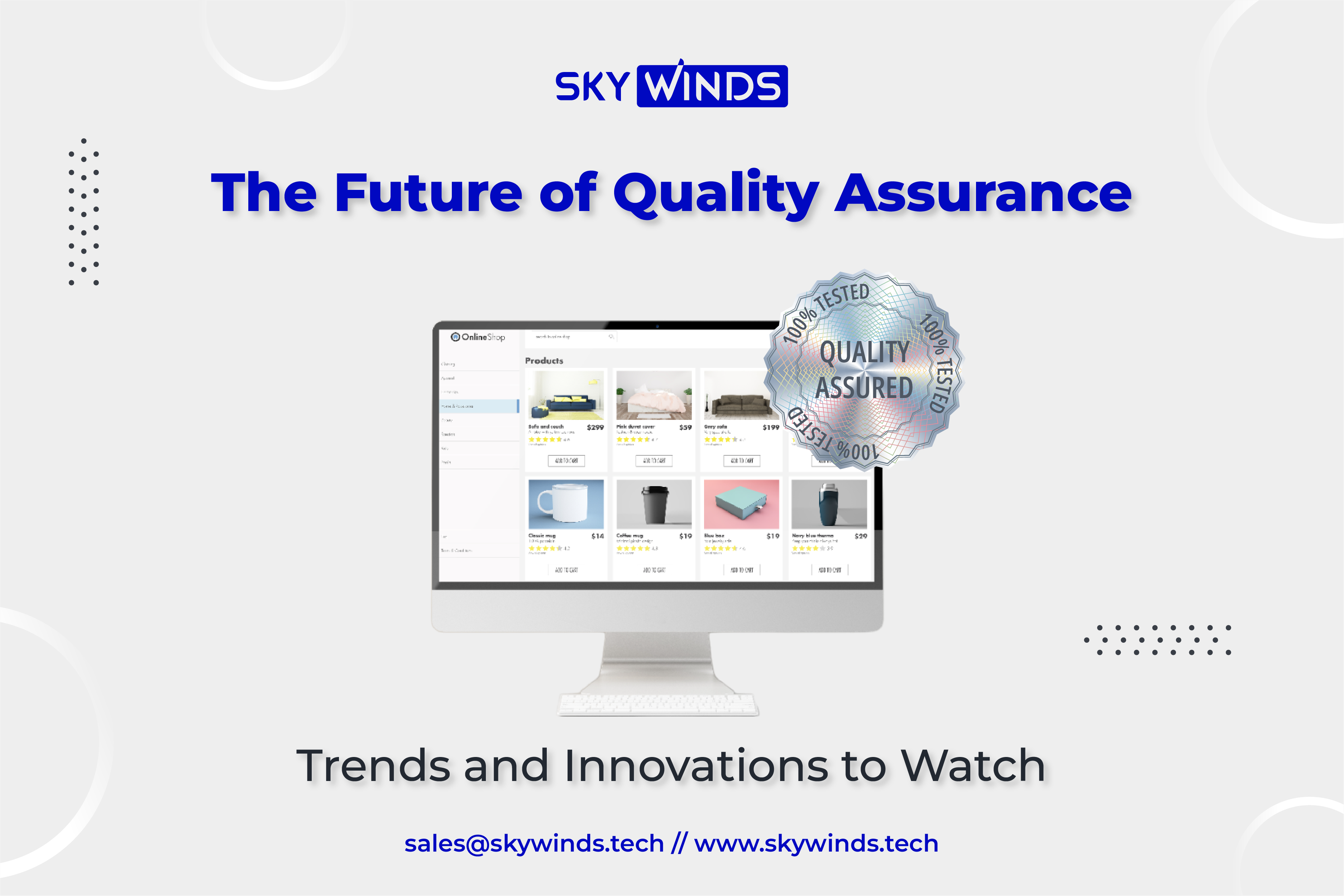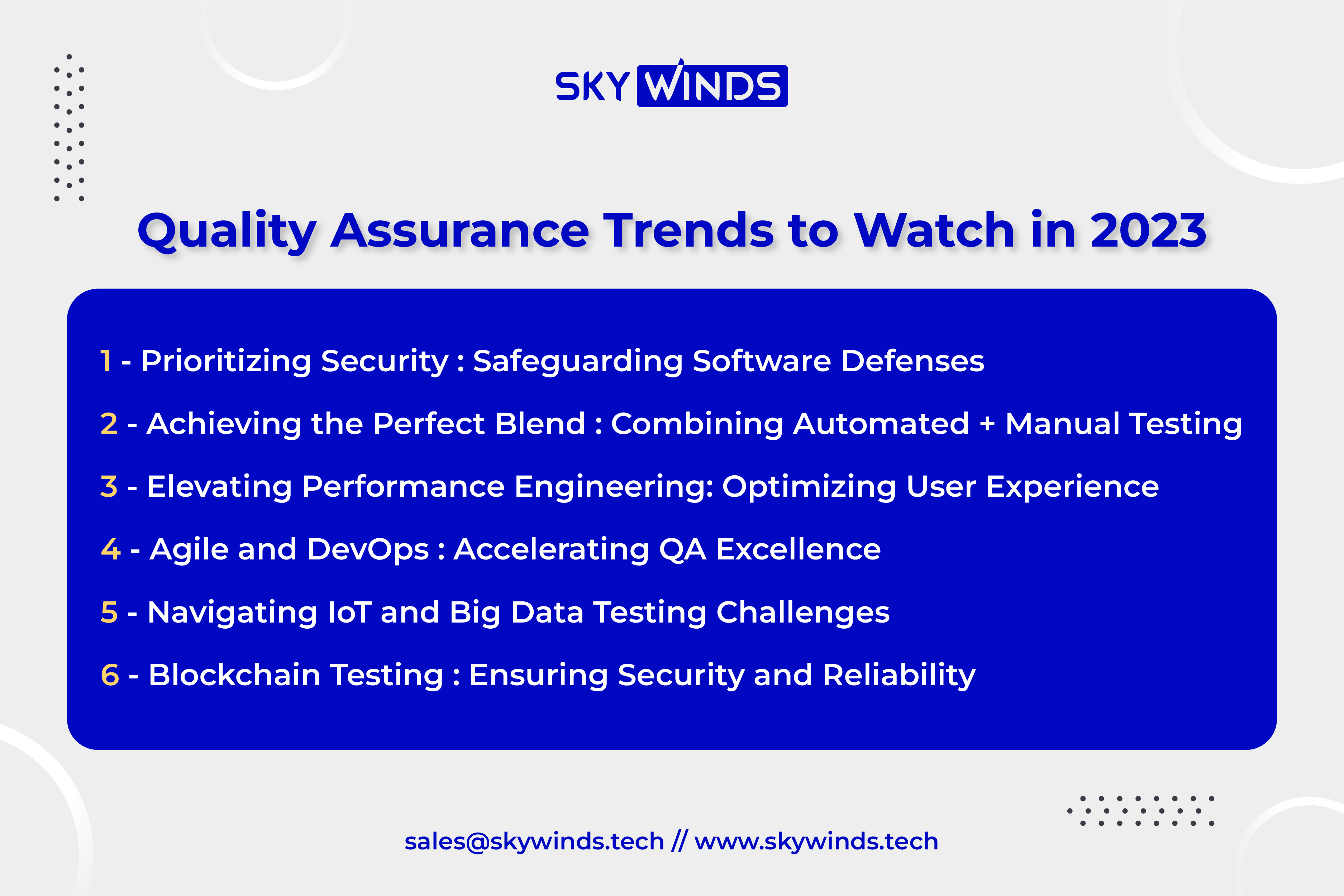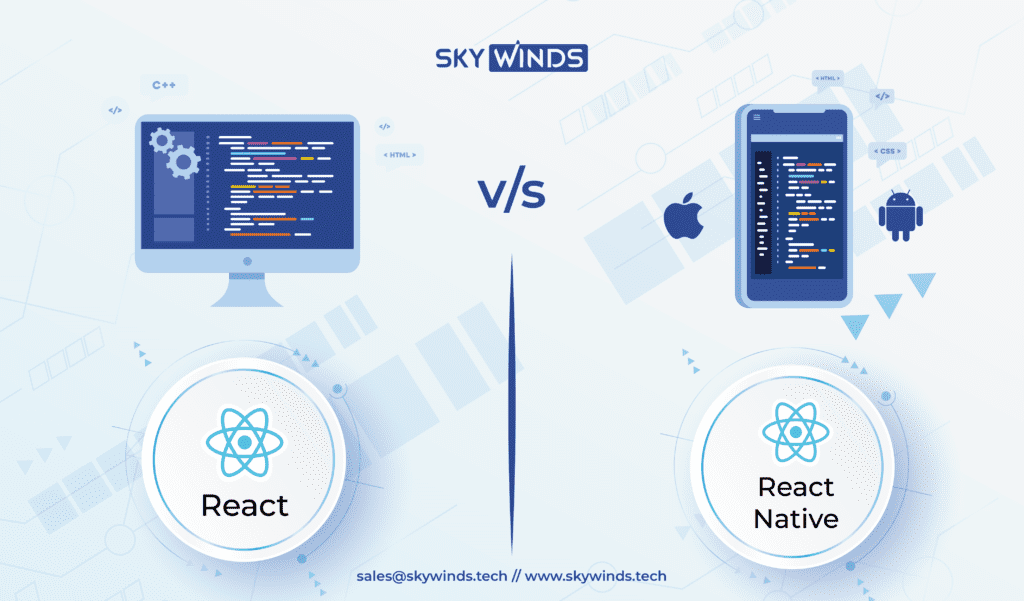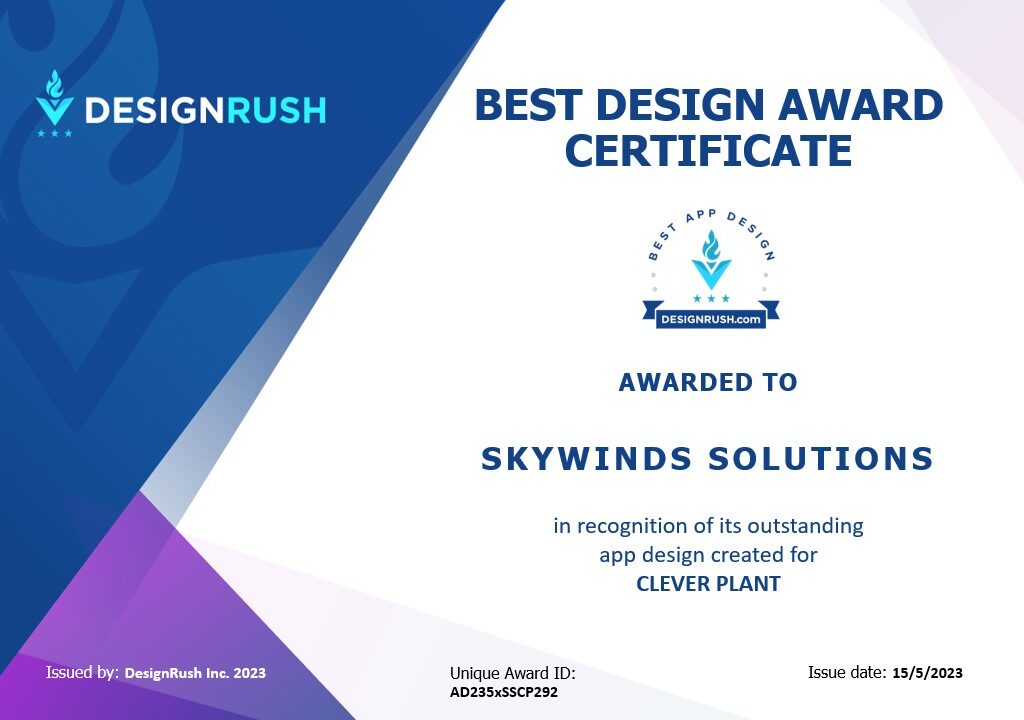
Software quality is more important than ever in the digital age. Software quality assurance companies are needed as software use grows for personal and commercial purposes. These crucial entities protect software reliability, security, and user suitability through meticulous testing and validation.
Quality assurance services are vital and innovative to new technological advancements. According to a recent IBIS report, the US software testing services market is expected to generate USD 2.2 billion or more in 2023, an 8% increase from 2018. Businesses seek innovative ways to improve software quality and development workflows in this rapidly changing environment.
This blog aims to cover the latest technology trends and innovations in software quality assurance.
Unveiling Quality Assurance: Why it Matters in a World of Innovation
Testing for quality assurance is another name for it. Assuring that a company is giving its customers the best product or service is known as quality assurance (QA).
QA testing service goes beyond the software’s quality and includes the quality of the process used to develop, test, and release the software. The only criteria for evaluating software may seem to be its functionality, performance, and adaptability.
The software development lifecycle, which comprises requirements management, software design, coding, testing, and release management, is the focus of software quality assurance.
The series of tasks known as “quality assurance” establishes the guidelines and benchmarks by which the product will be developed.
The systematic and evenly chosen method of setting up an environment to ensure that the software product developed has satisfied the quality requirements is known as quality assurance. At the managerial level, this procedure is managed and decided. It is a preventive process aimed at establishing a proper methodology & standard to give the product being developed a quality environment.
Process standards, project audits, and procedure development are the main focus areas for quality assurance. QA software testing services are also referred to as a group of procedures created to assess how products are made.
Embracing the Future: Top 11 Quality Assurance Trends to Watch in 2023

- Achieving the Perfect Blend: Combining Automated + Manual Testing Software testing requires balancing automated and manual testing. Automation can speed up large tasks, but manual testing is still important. QA manual testing emphasizes user experience, usability, and design while automating speed and precision. Businesses can test software quality thoroughly by combining the two methods. Manual testing detects nuances and ensures great user experiences, while automation streamlines repetitive tasks.
- Elevating Performance Engineering: Optimizing User Experience As the number of platforms and user expectations grows, user experience has become a driving force in software development. Performance engineering ensures that applications are fast, scalable, and stable across various circumstances. By adopting a user-centric approach to quality, software providers address potential performance issues from the early stages of development. Performance engineering goes beyond running checkbox test scripts; it encompasses analyzing each part of the system, considering the business value and customer satisfaction. Building performance metrics into the software’s design allows for a culture of continuous improvement and delivers exceptional user experiences.
- Prioritizing Security: Safeguarding Software Defenses In today’s fast-paced technology landscape, the sheer volume of data and the ever-present threat of security breaches have made security testing a top priority. Proactively incorporating security testing throughout the software development lifecycle proves cost-effective and crucial for businesses. The perception of security by customers and partners has become increasingly important for organizations when making decisions. Penetration testing helps avoid data breaches that can result in dire financial consequences. Furthermore, security testing assists in identifying vulnerabilities and areas susceptible to cyber threats, safeguarding business reputation, trust, and partnerships.
- Agile and DevOps: Accelerating QA Excellence Agile and DevOps methodologies have gained significant traction as digital transformation continues to shape the software industry. These approaches focus on shortening delivery timelines, optimizing quality assurance automation tools and techniques, and keeping pace with evolving business models. . DevOps methodology breaks down the barriers between testing, development, and operations, enabling faster deployments, reduced time to market, and increased return on investment. Likewise, QAOps practices foster collaboration between development and testing teams throughout the continuous integration/continuous delivery (CI/CD) pipeline. With the growing demands and changes in projects and releases, automation and outsourcing of software testing are becoming more prevalent.
- Navigating IoT and Big Data Testing Challenges The Internet of Things (IoT) revolution creates a complex network of interconnected devices, demanding extensive security, compatibility, performance, and usability testing. However, organizations have yet to catch up with this growing trend, with only a fraction having mature IoT testing strategies in place. Similarly, the rise of big data from IoT-enabled applications presents challenges and opportunities. Testing the vast volumes of diverse data helps organizations validate information, make data-driven decisions, and enhance market targeting and strategizing. The need for IoT and big data testing will continue to rise as enterprises rely on these technologies for growth and innovation.
- Blockchain Testing: Ensuring Security and Reliability Blockchain technology is gaining momentum across industries, offering secure and decentralized data storage and communication. Financial and automotive service providers, among others, are adopting blockchain-powered solutions to protect and manage vast amounts of information. While blockchain brings enhanced security and reliability, it also poses challenges. In the ever-evolving software development landscape, regression testing has emerged as a powerful and indispensable QA testing variant. This methodology proves its mettle when potential changes are introduced to an application, ensuring that old and new features coexist seamlessly. Adoption costs, integration issues with legacy systems, and privacy and compliance concerns are among the hurdles organizations must overcome. Thorough testing becomes paramount, as even a minor glitch can disrupt the entire system. To leverage the benefits of blockchain, comprehensive testing practices must be in place to ensure its robustness and effectiveness.
- Regression Testing In the ever-evolving software development landscape, regression testing has emerged as a powerful and indispensable QA testing variant. This methodology proves its mettle when potential changes are introduced to an application, ensuring that old and new features coexist seamlessly. Engineers leverage regression testing to validate the performance of previously tested software after implementing design changes. It becomes particularly valuable when applications require frequent updates or modifications, helping detect bugs or errors in the core design.
- Integration Testing A crucial aspect of quality assurance in software testing, integration testing ensures the smooth functioning of an entire system by seamlessly integrating different application components. Enterprises can identify system-level issues by conducting integrated testing, such as broken databases or faulty module integration. For software companies, integration testing offers numerous benefits, including early detection of problems during testing, leading to quicker issue resolution. By thoroughly evaluating the integration of each application module, this testing methodology guarantees a cohesive and robust system.
- Accessibility Testing In today’s digital age, where mobile apps and connected devices are ubiquitous, web and mobile applications must cater to the needs of differently-abled individuals. Unfortunately, the market still lacks equal opportunities for individuals with disabilities. Businesses must prioritize accessibility testing to ensure their software services reach the widest range of end-users. This software quality assurance protocol focuses on verifying application usability and emphasizes better user acceptance. It encompasses testing for various disabilities, including auditory, visual, physical, cognitive, speech, learning, language, and neurological impairments.
- Selenium Testing For software businesses adopting DevOps and Agile methodologies, leveraging test automation using reliable software quality testing tools is essential for faster releases and accelerated time-to-market. One popular testing tool that aids in achieving these goals is Selenium. Known for its lightweight nature and developer-friendly features, Selenium is widely used for automating web applications. With Selenium, software testers can author functional tests using the playback option without the need to learn complex test script languages or rely on the Selenium IDE. This tool empowers businesses to streamline testing processes and confidently expedite product releases.
- Shift-Left Testing As part of continuous testing, shift-left testing emphasizes early software testing integration into the software development lifecycle. By testing code as early as possible, software testing services companies can identify defects and errors before they escalate into more complex and costly issues. Moreover, this methodology encourages collaboration between development and testing teams, enabling real-time issue identification and resolution. Shift-left testing is a practical approach that helps businesses reduce the time and costs associated with software development. By detecting defects early in the development cycle, testing teams can prevent the need for extensive rework and debugging later on. However, successfully implementing shift-left testing may require additional resources and expertise, as the development quality assurance company must promptly address unforeseen issues to ensure a seamless testing process.
Wrapping up
There is no doubt that QA software testing is a boon to the software industry, and its demand is growing at high speed. From providing security to enhancing user experience, QA testing is necessary before any software launch.
The Outsourced QA testing Market will grow at 4.02% CAGR by 2023, per Market Research Future’s (MRFR) reports. This demonstrates the rising demand for QA software testing and outsourced testing services.
If you’re searching for a dependable partner for your QA requirement, look no further than Skywinds, as we offer comprehensive QA solutions chosen as per the need and nature of your software product.
Don’t cut corners when it comes to software quality. Find out how Skywinds’s qualified staff can help you ensure your software products’ dependability, security, and suitability by contacting us immediately. Let us deliver top-notch software that goes above and beyond customer satisfaction to help you succeed in a cutthroat market.

